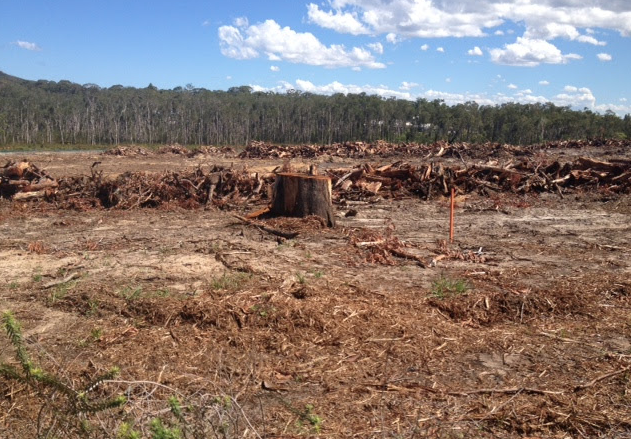There are lies, damned lies and Turnbull government statistics about Australia’s contribution to global climate change. Take, for example, the figures it provides on greenhouse gas emissions resulting from land clearing. If you believe them, the cutting and burning of native vegetation by farmers and other landholders resulted in 1.7 million tonnes of carbon dioxide being added to the air in 2015-16.
In the same year that the federal government claimed 1.7 million tonnes of carbon emissions for the whole country, Queensland – the state that has both the nation’s worst record for land clearing and the best system for recording it – claimed by itself to have contributed some 26 times that amount.
In 2015-16, recently released data from the Queensland government’s Statewide Landcover and Trees Study (SLATS) shows, 395,000 hectares of land was cleared, producing 45 million tonnes of carbon dioxide.
If you believe the federal government, nationwide carbon pollution from land clearing was down 13 per cent that year, compared with 2014-15. Yet the SLATS numbers show the amount of land cleared in Queensland was up 30 per cent, year on year.
The federal figures show CO2 emissions from land clearing are down about 90 per cent since 2012-13. Yet the SLATS data shows the area of land cleared annually in Queensland has gone up fourfold over the same period. In total, some 1.5 million hectares – an area rather larger than Northern Ireland – was cleared over the five years to 2015-16. And that was just in Queensland.









